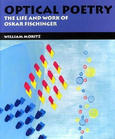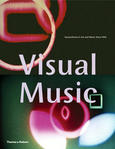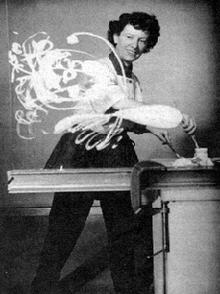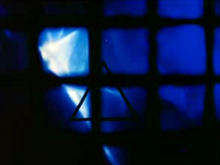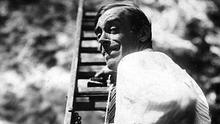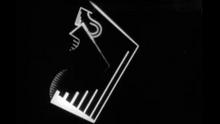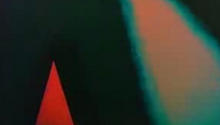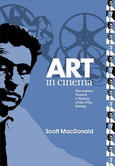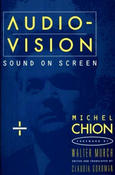Dada
(1936)by Mary Ellen Bute - Animated with Dada humor to a waltz tune. Witty and delightful, it flashes off the screen too soon.
In 1931, Universal had run one of Oskar Fischinger's Studies as a novelty item in their newsreel. Mary Ellen had seen it, and proposed to Universal that they use one of her films in a similar fashion. Since they could use only two or three minutes, Mary Ellen made a special piece, Dada, which Universal distributed in 1936.
(William Moritz: "Mary Ellen Bute: Seeing Sound")
Source: Animation World Network
